He believes in a good backup plan.


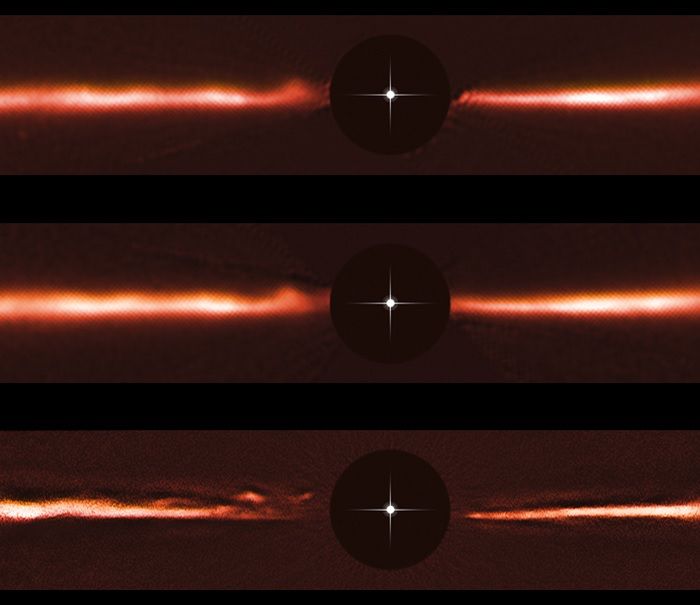
Scientists were looking for planets forming in the large disk of dust surrounding a young star when they encountered a surprise: fast-moving, wavelike arches racing across the disk like ripples in water.
The team first spotted the five structures in data from the European Southern Observatory’s Very Large Telescope in Chile while searching for lumps and bumps that might indicate planets forming around the young star. When the researchers looked back at images taken with the Hubble Space Telescope in 2010 and 2011, they managed to spot the same features — but in new locations. A new video of the mysterious ripples, describes the strange features as seen by ESO scientists.
“Our observations have shown something unexpected,” Anthony Boccaletti, a researcher from LESIA (Observatoire de Paris/CNRS/UPMC/Paris-Diderot) in France and lead author on the paper, said in a statement. “The images from [the Very Large Telescope instrument] SPHERE show a set of unexplained features in the disk, which have an archlike or wavelike structure unlike anything that has ever been observed before.” [The Top 10 Strangest Things in Space]
By cross-referencing with the earlier Hubble records of the star, the team saw that the strange ripples were moving incredibly fast.
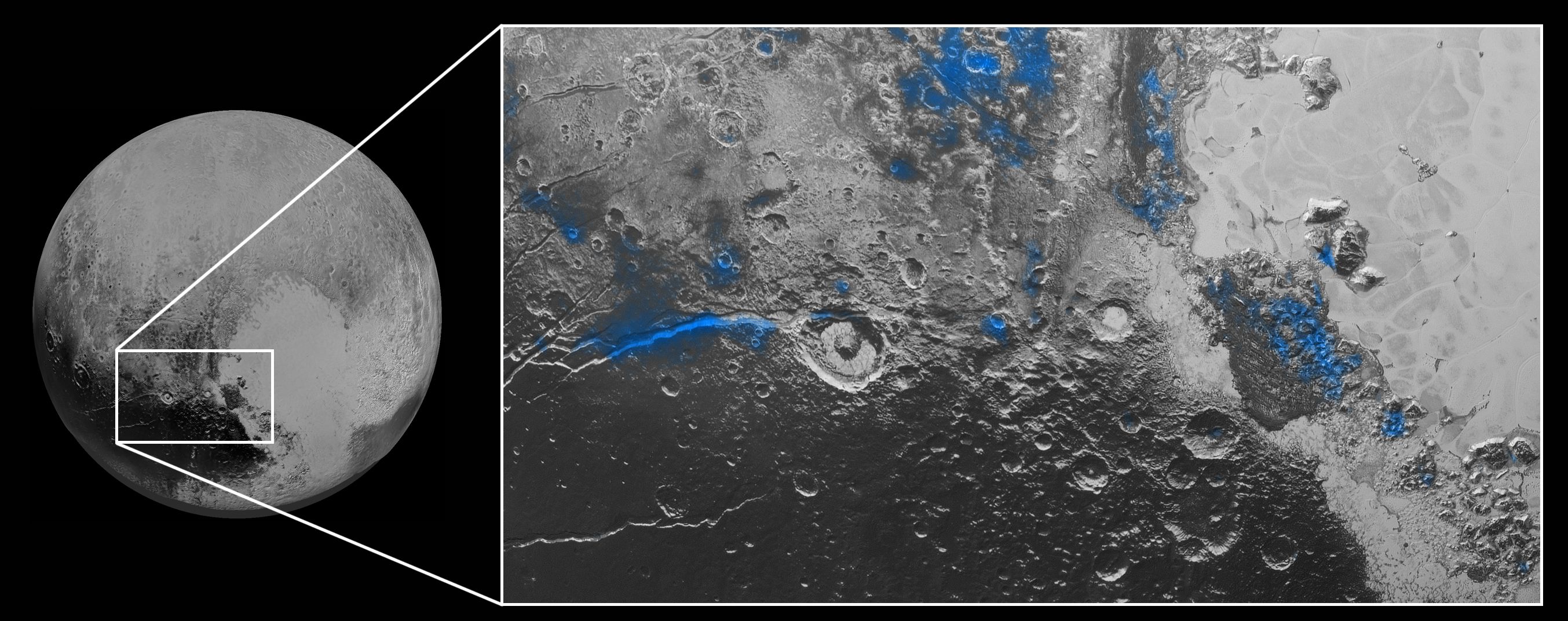
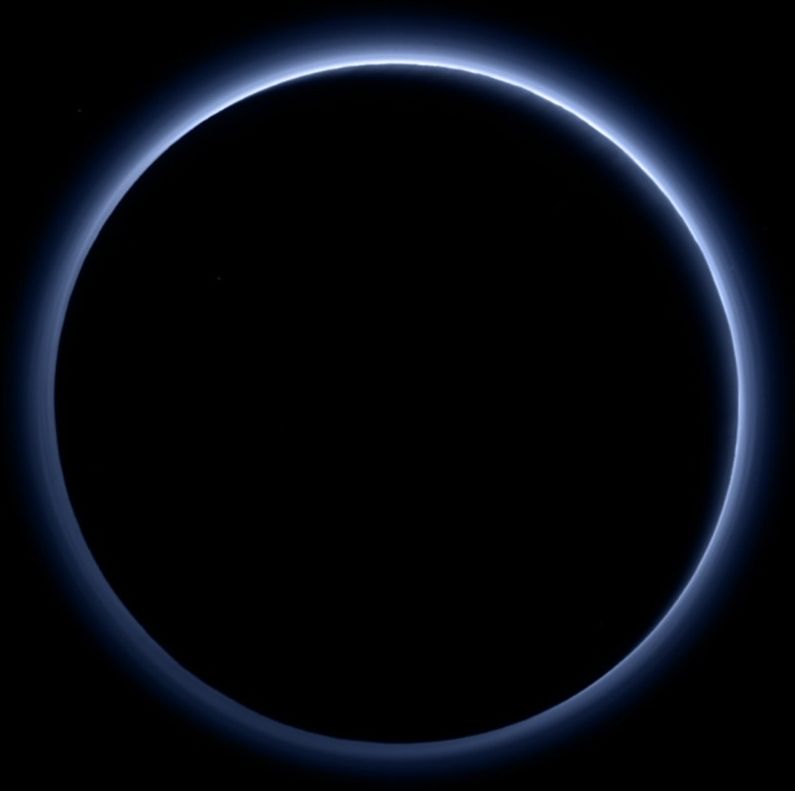
The growling list of mysteries surrounding Pluto just got longer. On Oct. 8, NASA released the first color photo of Pluto’s atmosphere, and the shade they saw was anything but expected:
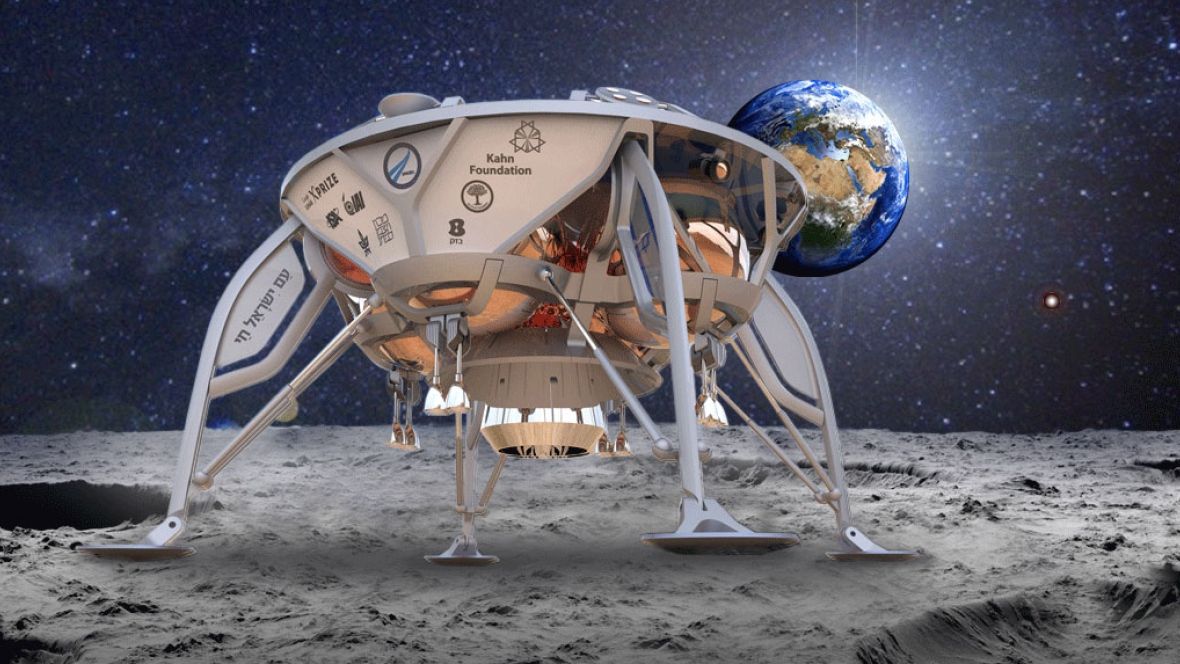
A team of Israeli engineers is the first to advance in an international competition sponsored by Google to send a privately-funded spacecraft to the moon, contest organizers announced Wednesday.
The Israeli nonprofit group SpaceIL has signed a contract with American aerospace manufacturer SpaceX to launch an unmanned spacecraft into lunar orbit — the first step a team must take toward landing on the moon and winning the $20 million grand prize. The launch is expected to take place in the second half of 2017.
Google’s contest is meant to encourage private industry to create new technologies to reach the moon at lower costs than what governments have spent in past lunar expeditions.
Maybe we can convince the Chinese to start funding our space program.
On Monday, Chinese scientist Youyou Tu was jointly awarded the Nobel Prize in Physiology or Medicine for her discovery of a new malaria therapy. It was remarkable research in its own right, but equally significant is the fact that Tu is the first scientist to ever be awarded a Nobel Prize for work done at a Chinese institution — despite the fact that the country trains more scientists and engineers than any other nation on Earth.
In fact, China now spends more money on research and development than Europe, and by 2020, it’s predicted to outspend the US, as Nature editor Ed Gerstner wrote last month in Research Information. But despite that investment, there’s a big reason for why Chinese science has lagged behind other parts of the world — it has a long history of pumping out dodgy research.
It’s no secret that Chinese scientists have faked fossil records, pushed the boundaries of gene editing in humans, and have frequently been involved in peer review scams. The extent of fraud has been called “endemic” by a Chinese researcher, and a 2010 study of 32,000 Chinese scientists backed this up, revealing that 55 percent knew someone guilty of academic fraud.
Swiss-based scientists have developed a robot double act in which a hexacopter helps a dog-like, land-based robot find its way around obstacles. The technology could be deployed in space exploration or warfare.
“Flying and walking robots can use their complementary features in terms of viewpoint and payload capability to the best in a heterogeneous team,” says an intro to a video posted on YouTube by the team at ETH Zurich, Switzerland’s leading tech research institution.
“Billionaire Elon Musk has a really compelling reason to ramp up NASA’s budget: We need to become a multi-planet species to ensure the survival of the human race, and we need NASA’s help to do it.”
Someone tell Congress.

Caption: Tensor networks could connect space-time froth to quantum information. Hannes Hummel for Quanta Magazine.
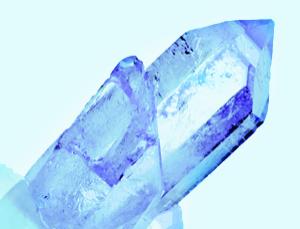
The heat-death of the universe need not bring an end to the computing age. A strange device known as a time crystal can theoretically continue to work as a computer even after the universe cools. A new blueprint for such a time crystal brings its construction a step closer.
Ordinary crystals are three-dimensional objects whose atoms are arranged in regular, repeating patterns – just like table salt. They adopt this structure because it uses the lowest amount of energy possible to maintain.
Earlier this year, Frank Wilczek, a theoretical physicist at the Massachusetts Institute of Technology, speculated that a similar structure might repeat regularly in the fourth dimension – time.